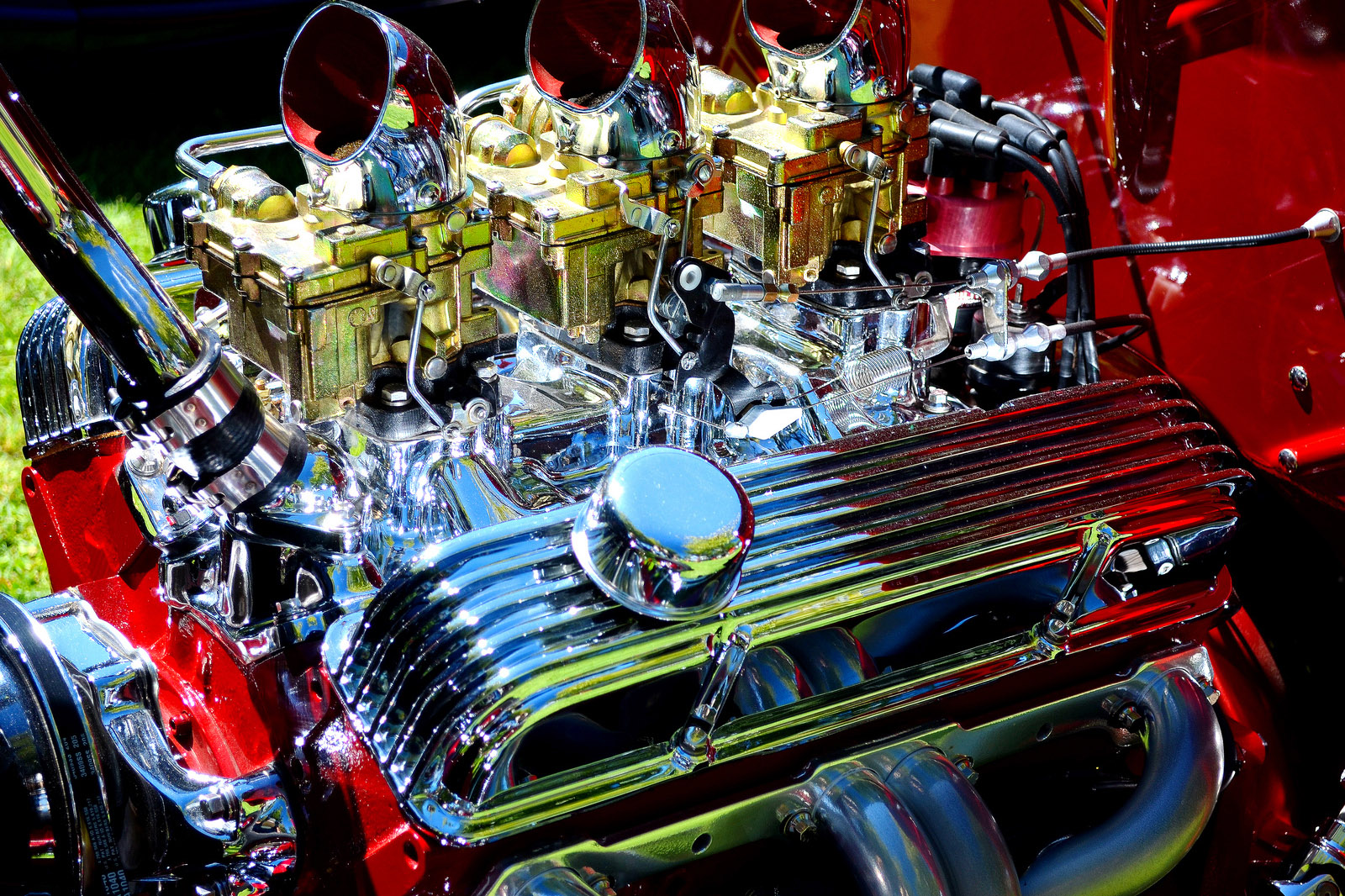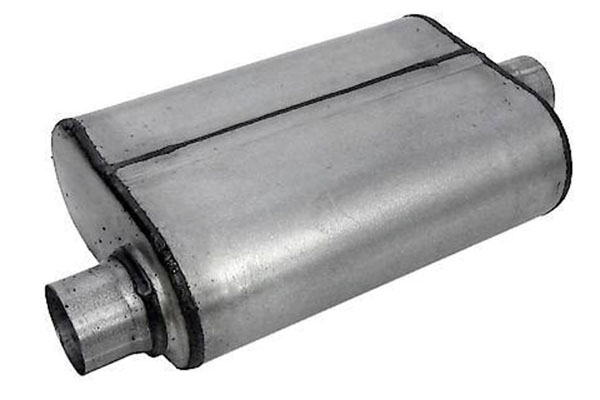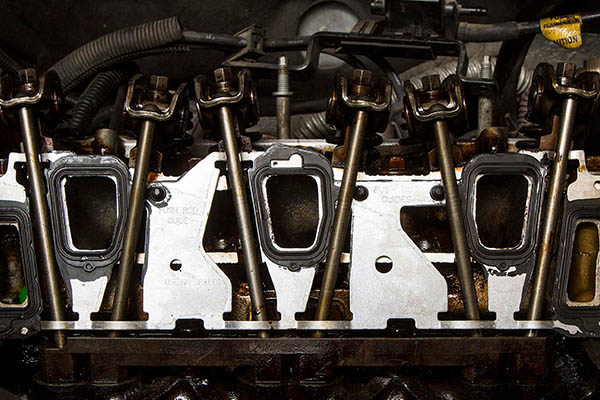Have you ever wanted to see what's really going on in your engine? Sure, you probably have a line showing some vague notion of temperature, but there's a lot of information you aren't getting. By adding a few aftermarket gauges, you can get precise info on the condition of the engine, which is great for preventative maintenance. Plus, they just plain look cool. Here's everything you need to know about aftermarket gauges.

Source | Public domain
No more idiot lights
The vehicles of yesteryear usually didn't even have gauges — they'd have red dashboard lights for heat, oil pressure, and brakes. If those lights came on, it usually meant that something was already broken and you were in trouble.
Today, most cars come equipped with an instrument cluster displaying vehicle information. The displayed lines, squares, or bar graphs usually aren't even marked, leaving you to wonder why three lines of heat is considered normal compared to five lines in the hot zone. While the factory gauges provide some info, they are still often derided as “idiot lights" for their lack of actual useful information.
“Idiot lights point straight up when everything is generally OK," says Brett Littlefield, Director of Instrumentation Sales at AutoMeter Products. Littlefield says this is a result of manufacturers spending as little as possible and delivering gauges that barely meet the needs of drivers.
“New vehicles are over 400 horsepower but are lacking driver information. OEM gauges are not for performance. As your performance increases, so does the need to monitor."
Where to start
If you're looking for your first gauges, Littlefield has a suggestion.
“Look at the world of racing," he says. “They've got at least oil pressure and water temp gauges. With these, you can prevent catastrophic damage before it happens. That's cheap insurance right there." Even the highest-quality oil pressure gauges commonly sell for under $100 but can display info that could save your $5,000 engine. And these aren't just for wildly modified racing engines.
“As performance increases, so does the need to monitor," says Littlefield. “Even small modifications, like intake and exhaust, can throw off the air-fuel ratio." If you've completed the cheap and easy mods, it's time to properly monitor your equipment.
Lots of options

Source / Bill Abbott/Flikr
While there's many types of gauges to choose from, there are even more category options. Visually, you can find a match for nearly any interior. There's antique brass, brushed aluminum, wood grain, high-end piano black treatments, carbon fiber, and dozens of other styles. Lighting can be incandescent, LED, or skip both and go with a digital display. You can't go wrong here, so get what appeals to you.
An option that does matter is electrical vs. mechanical gauges. Electric gauges get their signal digitally from a sensor in the engine bay, whereas mechanical gauges are a direct connection for a pneumatic reading. For example: oil pressure gauges. An electric oil-pressure gauge displays the oil-pressure signal from a sensor in the oil system and runs only the signal wire to the gauge. A mechanical gauge runs a pressurized tube from the engine block to the gauge, and the gauge displays a reading based on that pressure.
Each system has its advantages, with mechanical gauges being traditionally more affordable, requiring less wiring, and arguably more accurate. Mechanical gauges are usually full sweep, meaning the gauge needle runs nearly the full face of the gauge from left to right. Electric gauges are smaller and lighter, and are now as accurate as mechanical gauges (except those cheapo no-name ones), but the main bonus here is not having to run a pressurized tube of something hot from your engine into your cabin. Electrics are also usually half sweep, where the gauge needle runs from the 9 o'clock position up and over to 3 o'clock. Like with styling, the mechanical vs. electric gauge debate is mainly personal preference.
How to install aftermarket gauges
Mounting and wiring up new gauges will depend on a few factors.
- Race car or daily driver? A race car needs large gauges mounted within sight of the driver's field of view. A daily driver can get by with smaller gauges in a more discreet location.
- Vehicle model will also determine mounting options. For example, A-pillar pods are popular on '90s Camaros, but the current sixth-generation Camaro has head-cushion airbags in the A-pillar. Never buy a cheap off-brand that wants you to drill into the A-pillar to attach the gauge pods. Quality parts will work around existing equipment.
- Different gauges have different requirements. Almost all gauges will need a ground and a 12V ignition line, but from there it varies greatly. A transmission temp gauge might need a fitting welded into the transmission pan, while a vacuum gauge just wants you to run a vinyl hose to the intake manifold. Each gauge comes with instructions, and some include the required fittings.
- Modified diesel trucks have become really popular—and if you've got a diesel that's had a few tweaks, you'll need specialized gauges (especially if yours is set up so that you can do performance adjustments on the fly). Fuel metering mixture, exhaust gas temps, transmission temps, boost pressure, fuel pressure, and oil temperature are all important performance indicators you'll need to keep a close eye on.
- Running vacuum/boost, electrical, or other hoses to the engine bay means running them through the firewall. Usually there are already access holes than can be reused. Occasionally you'll need to drill a new hole. Run the hole and plug any excess space with a grommet.
- If you want aftermarket gauges but have questions, AutoMeter has a technical service line that can assist. If this is way out of your comfort zone, take your gauges to your local speed shop. Installation by a pro takes about an hour per gauge.
- Still can't decide? Get all the gauges you could want, with Dashlink. This app connects your smartphone or tablet to your OBDII port, allowing you to monitor a lot more than just the gauges above. Gauge changes are just a swipe away, and you can even get fun stuff like 0-to-60 times and how much ethanol is really in your E-85.
Ever installed gauges in your ride? Anything you would recommend to other readers? Let us know in the comments.







